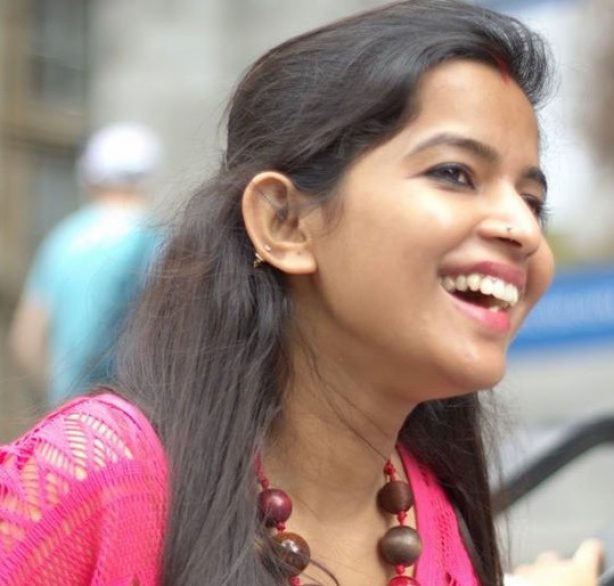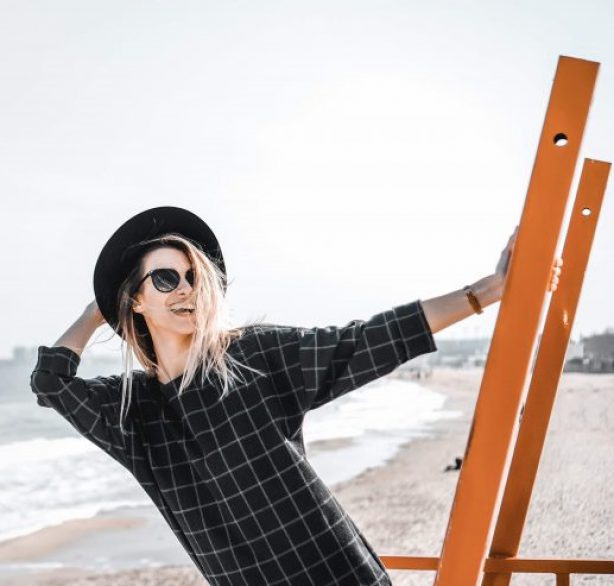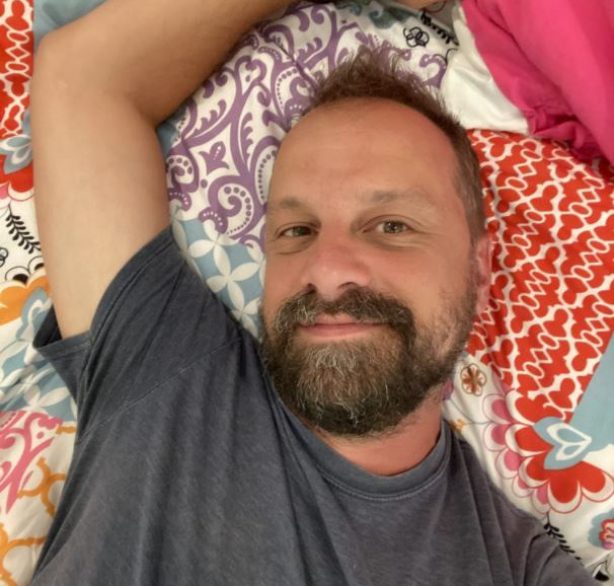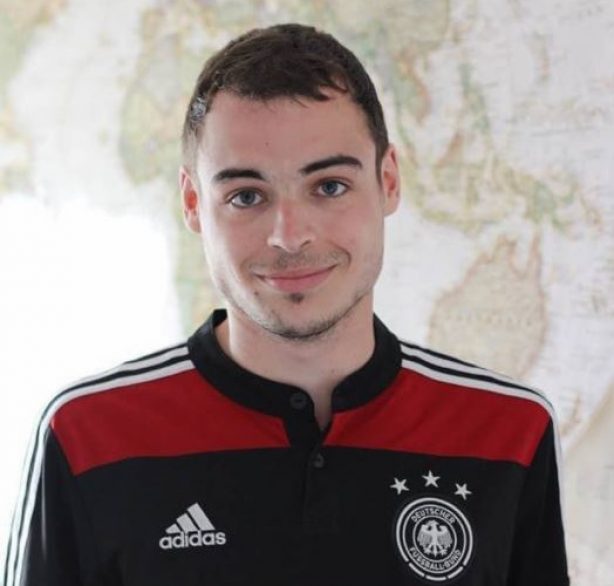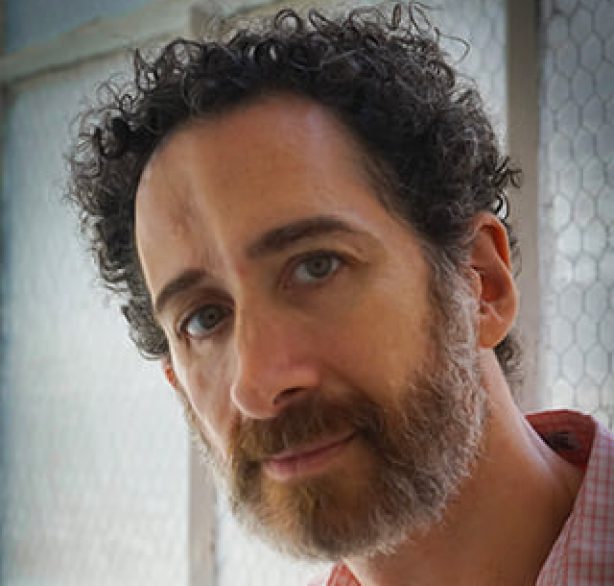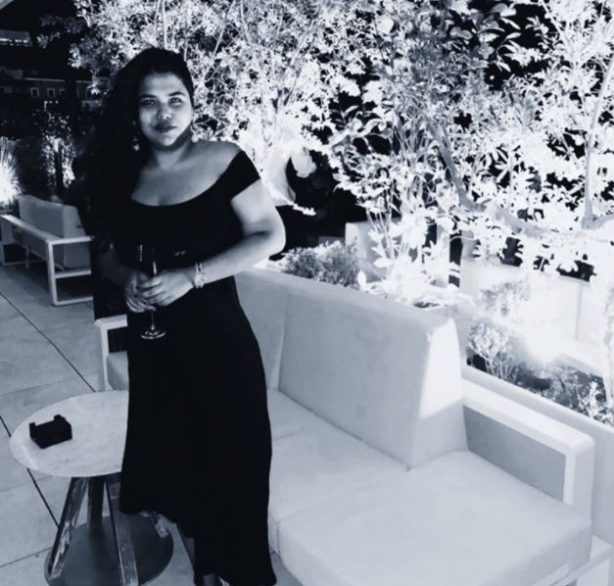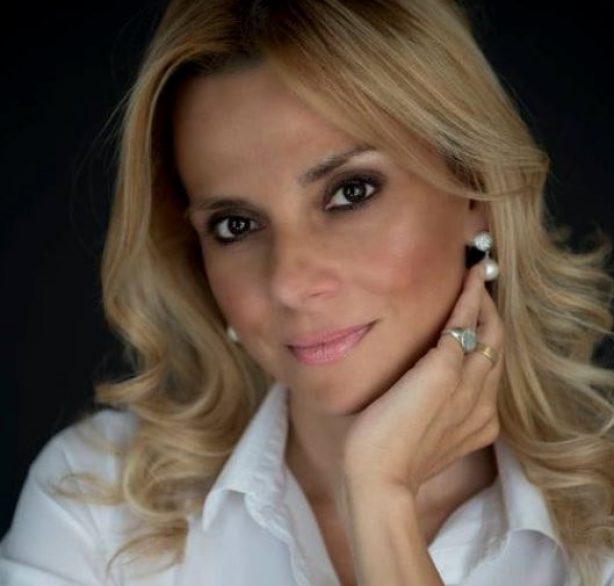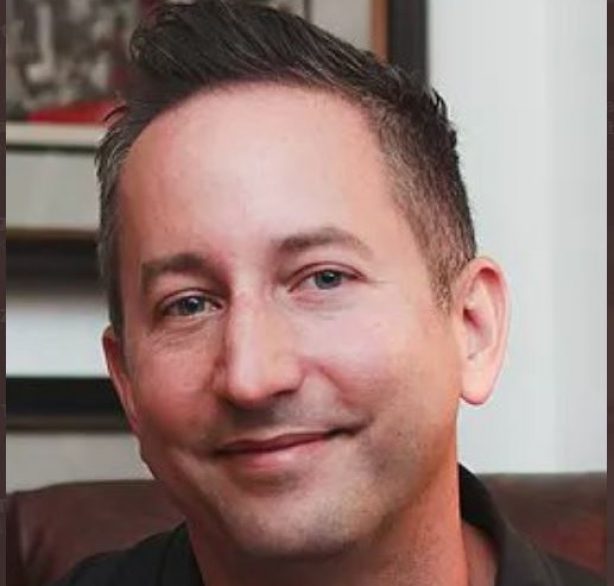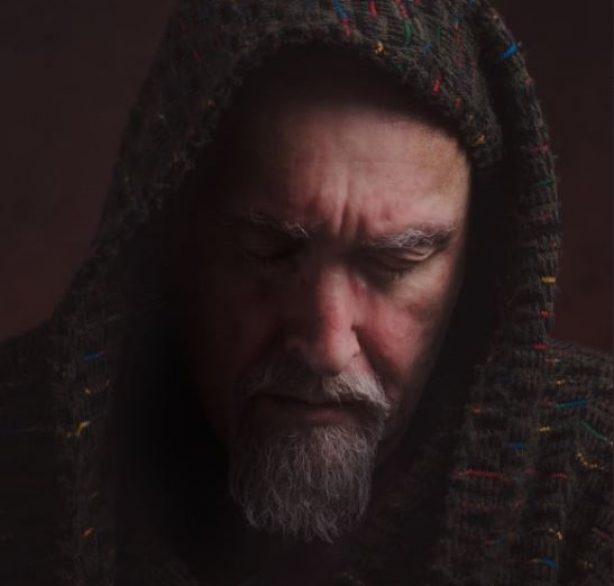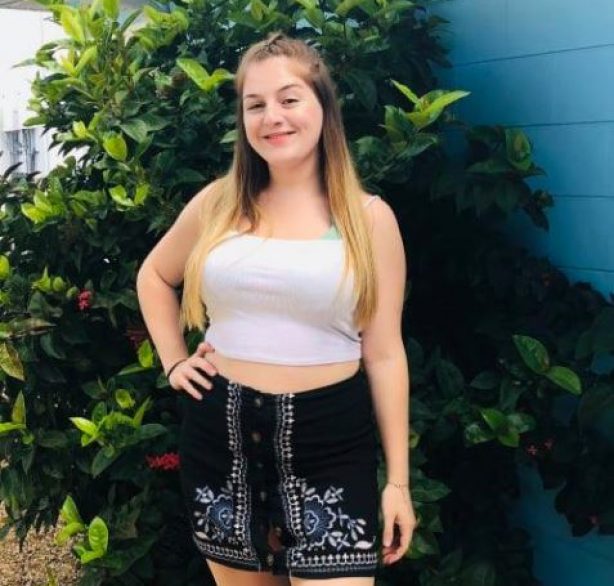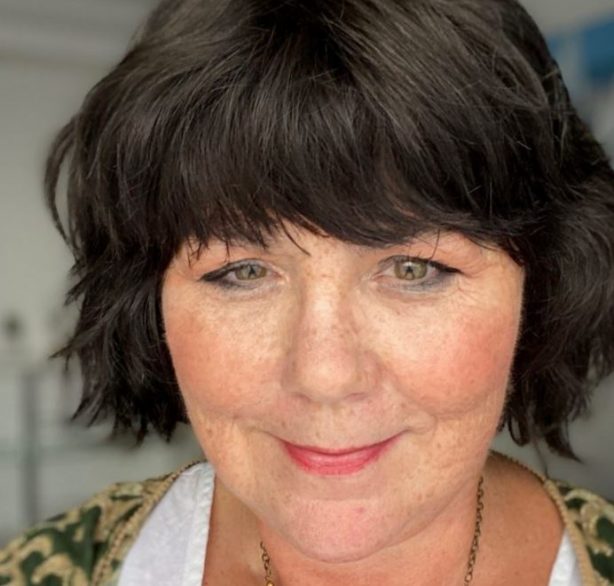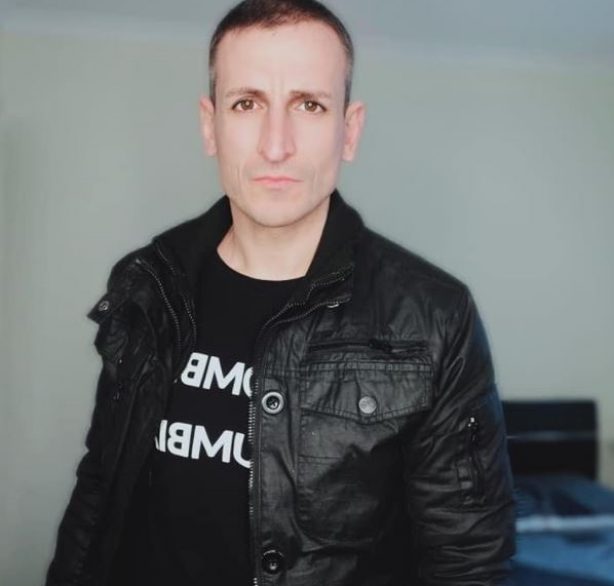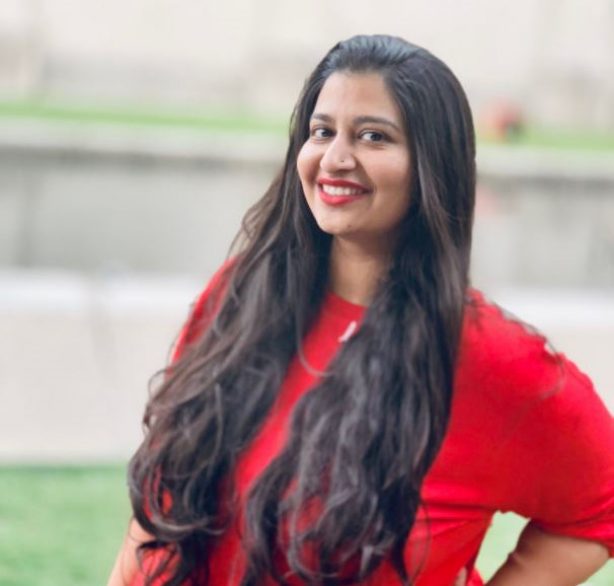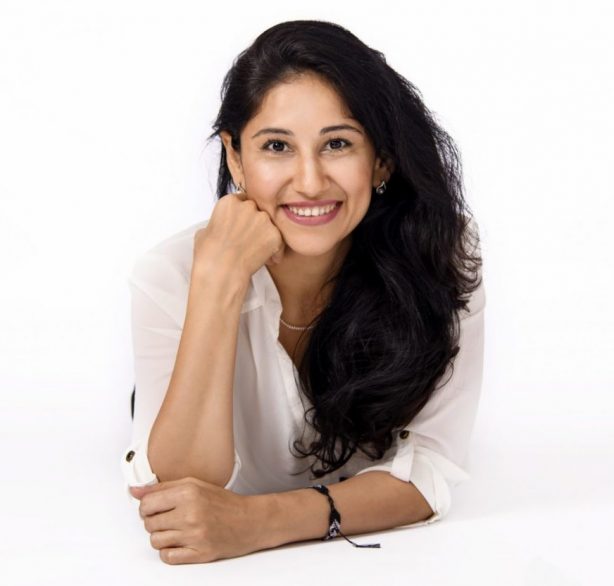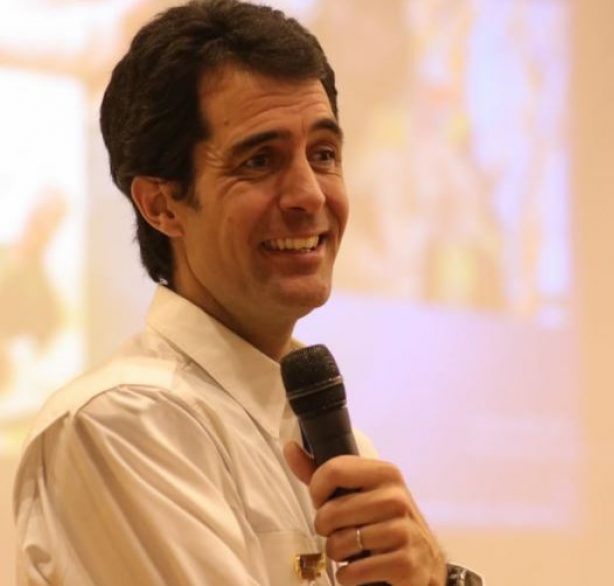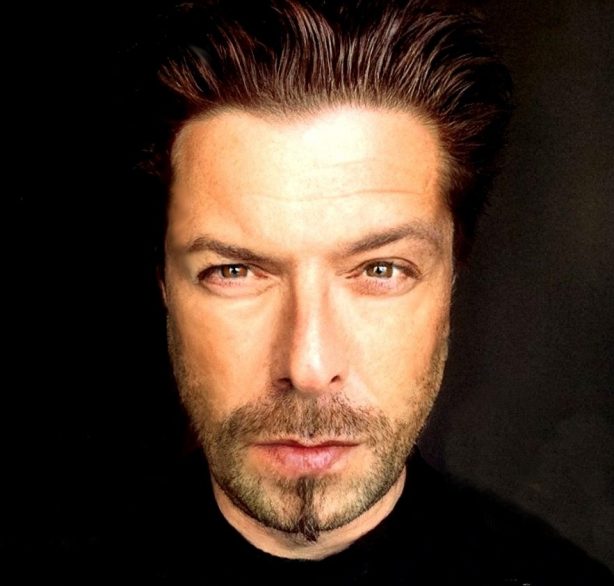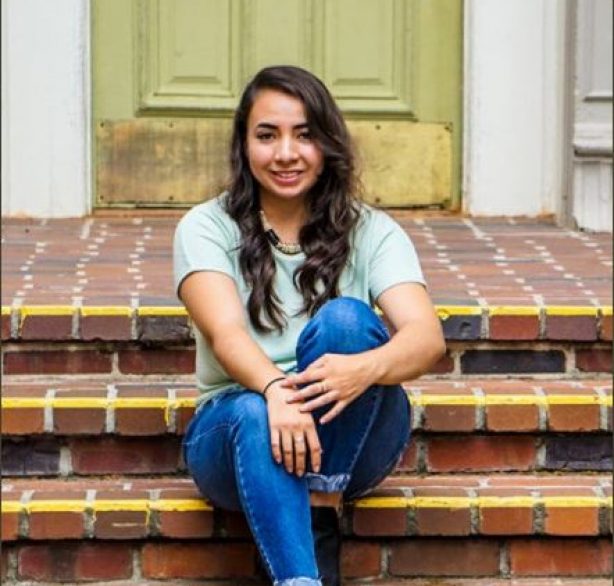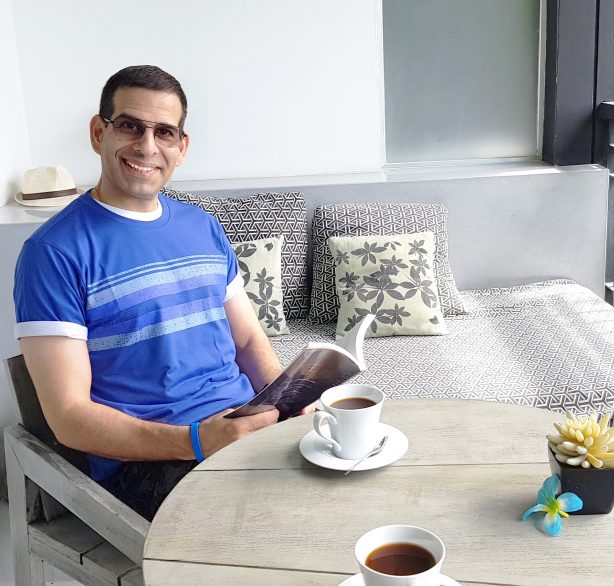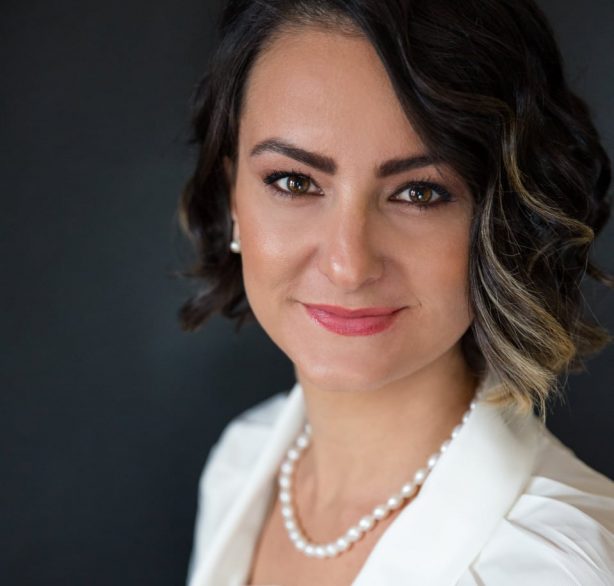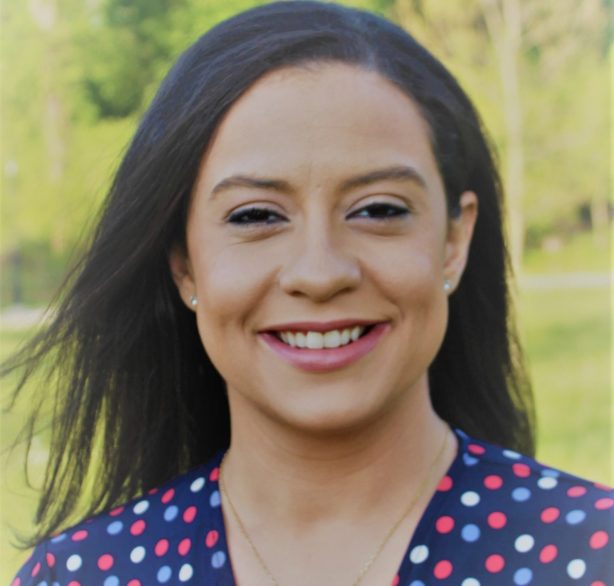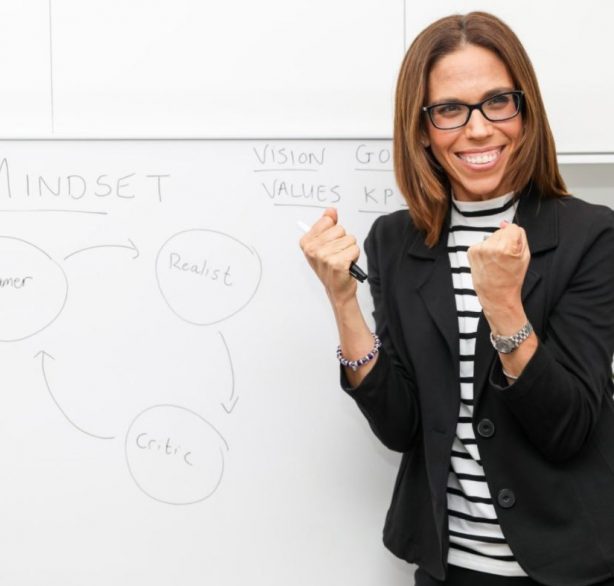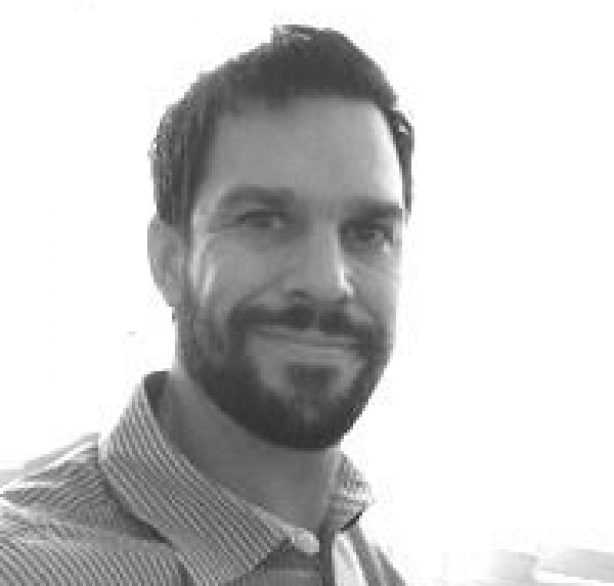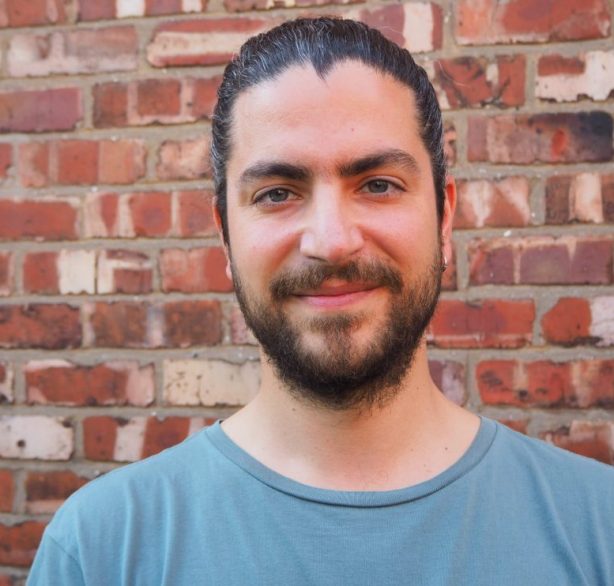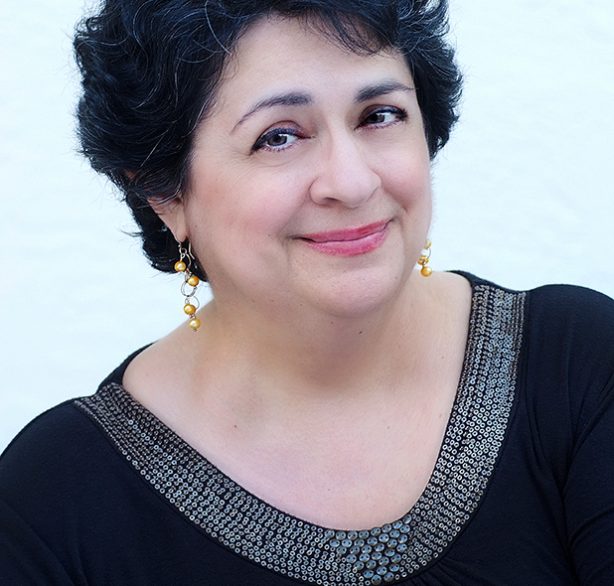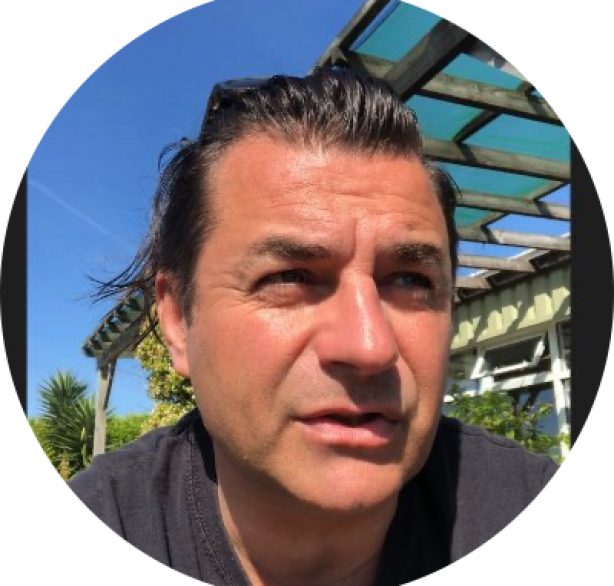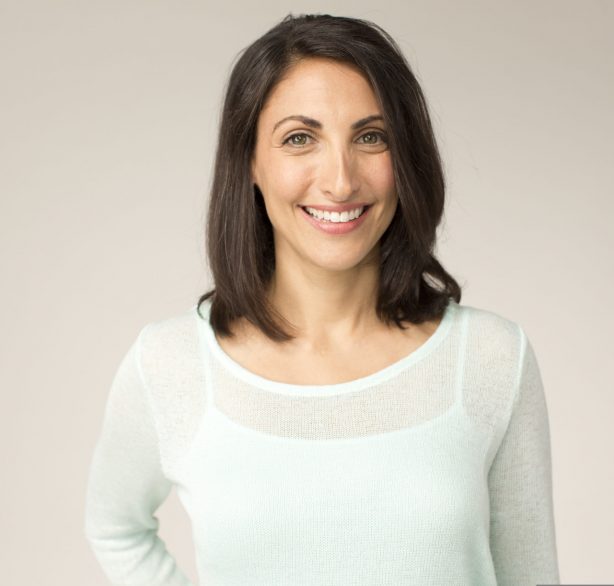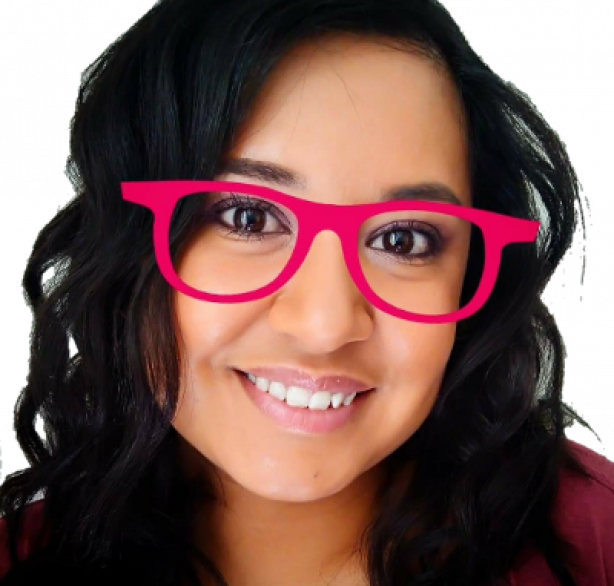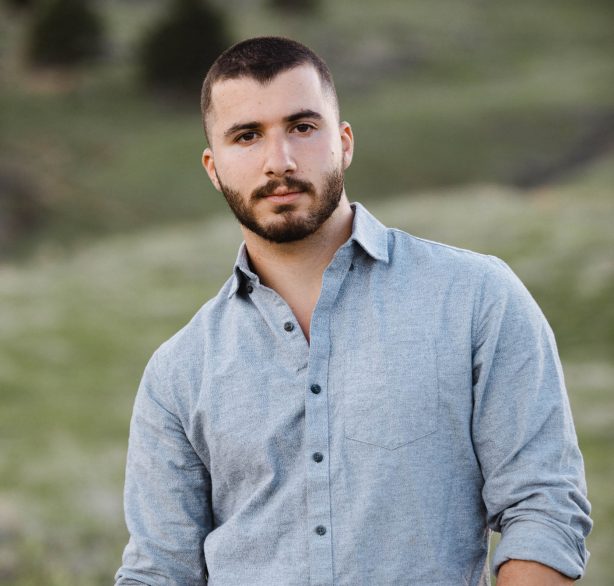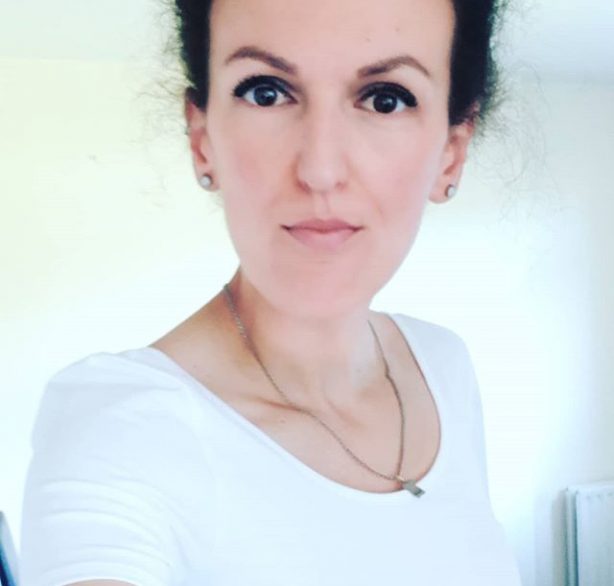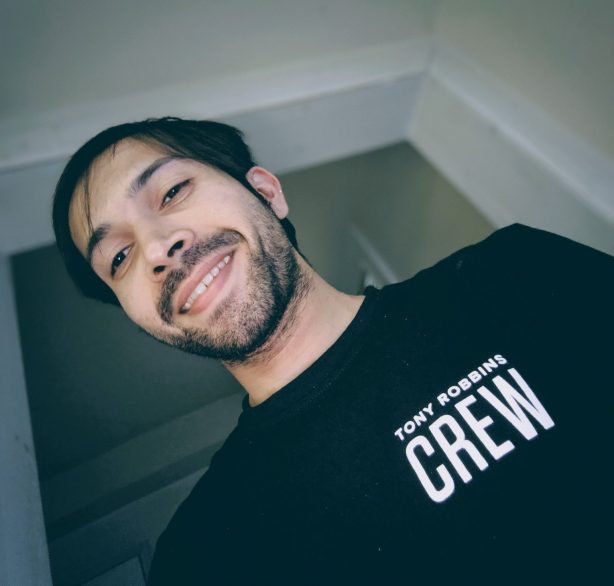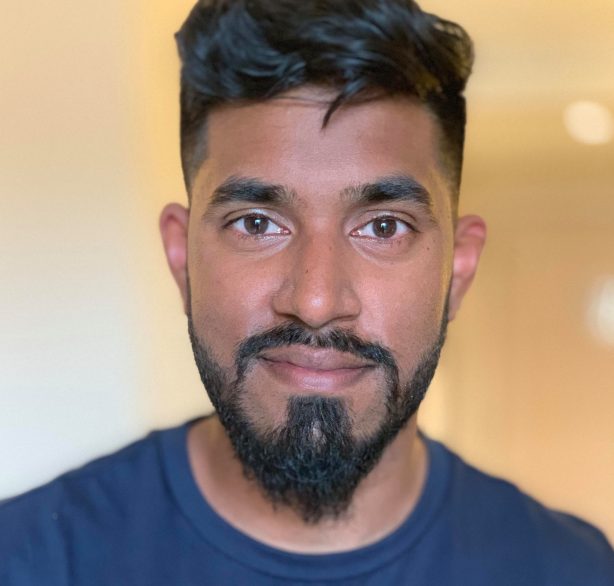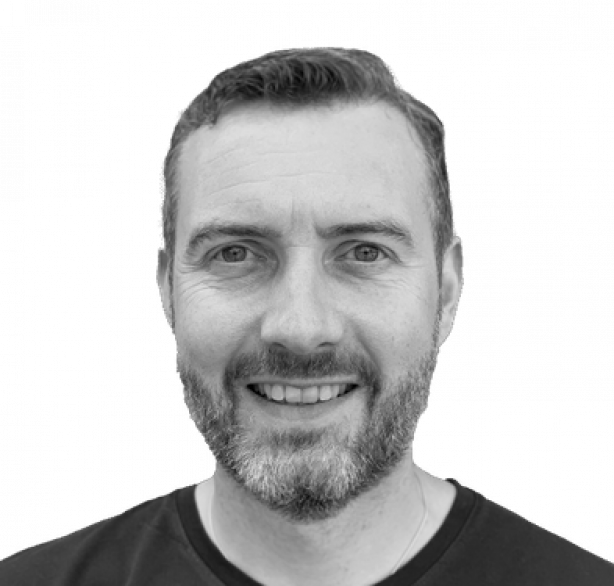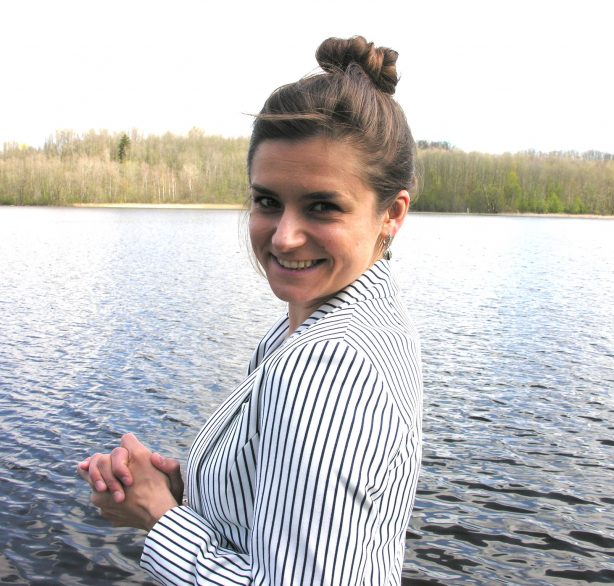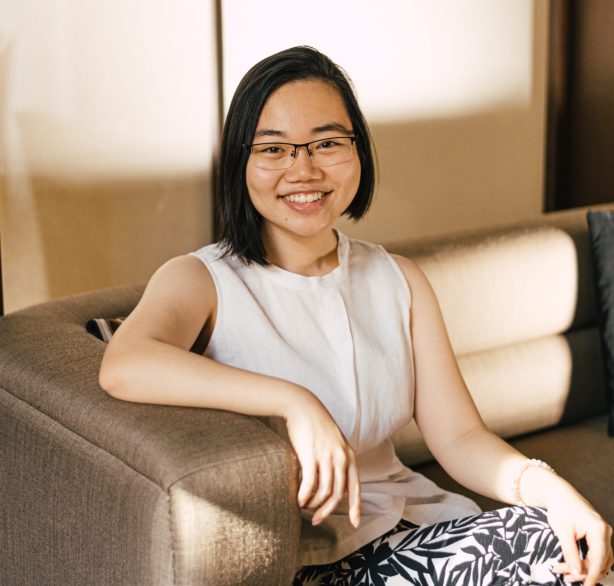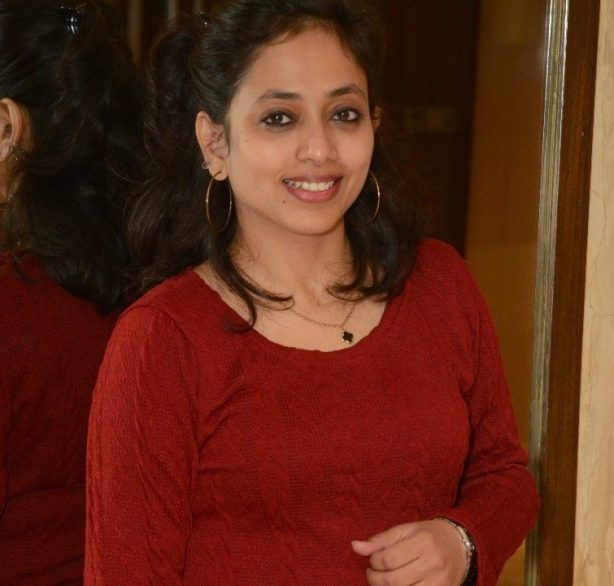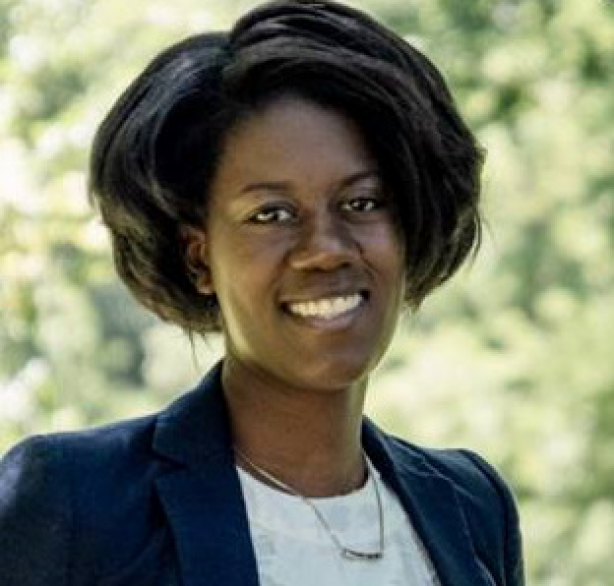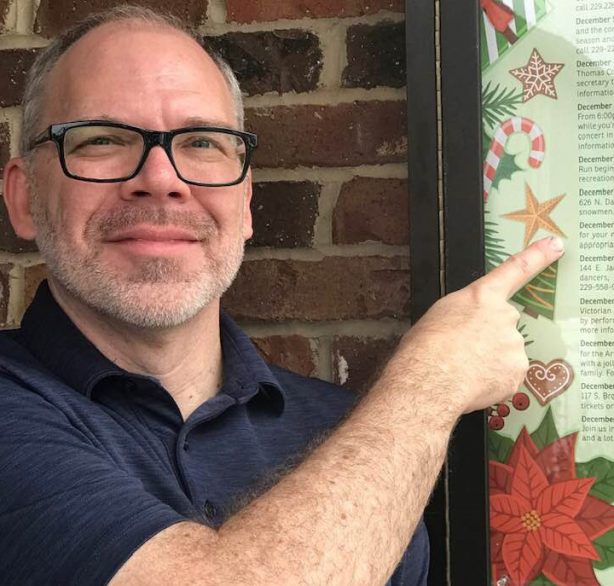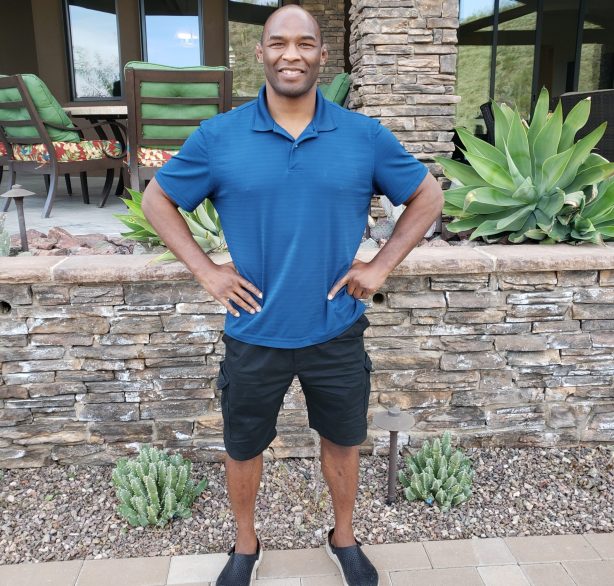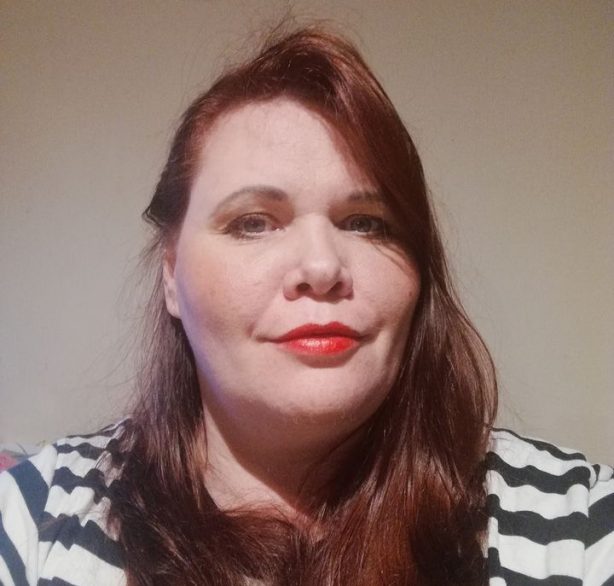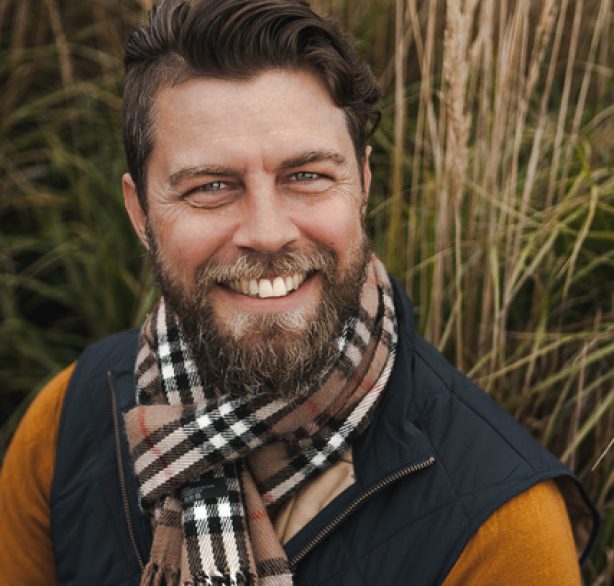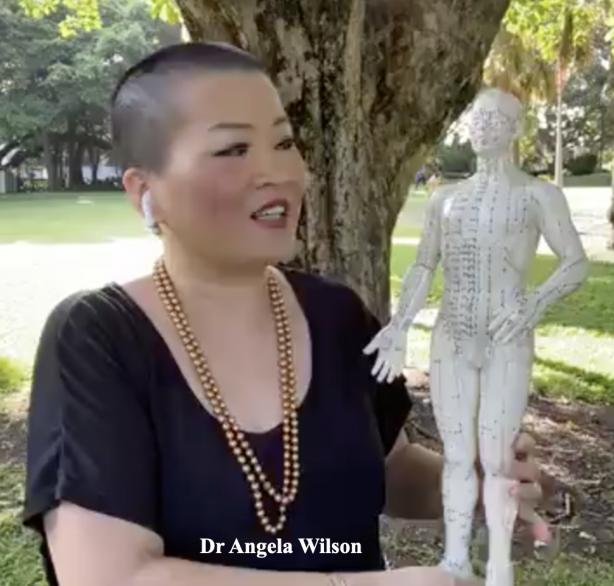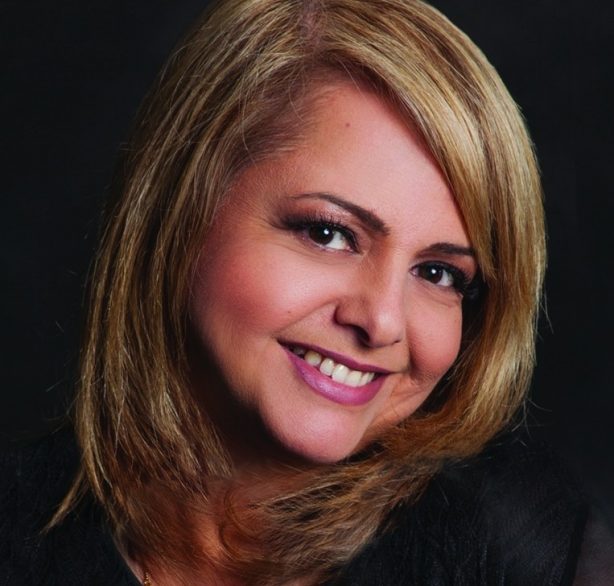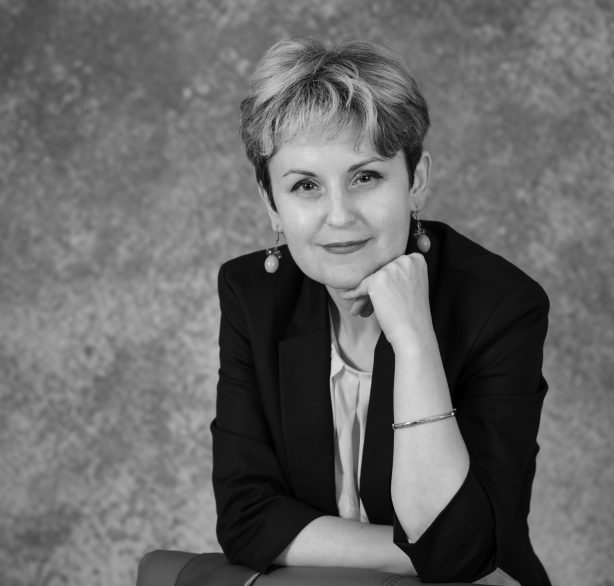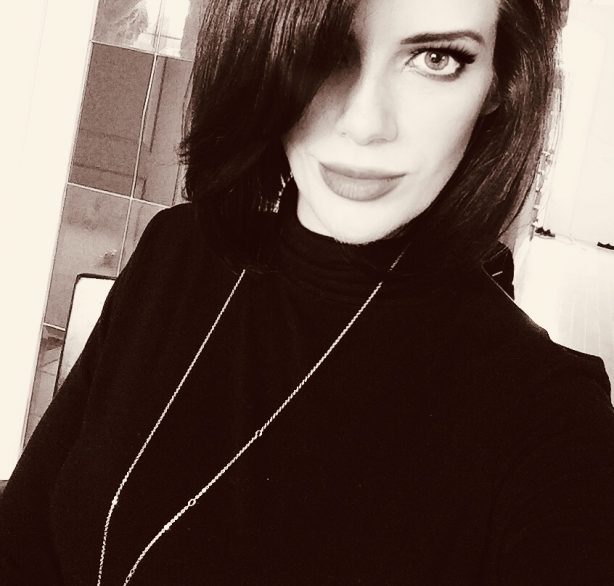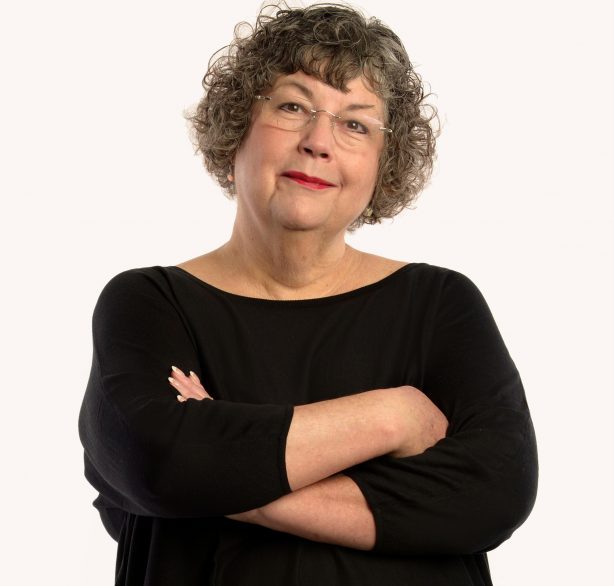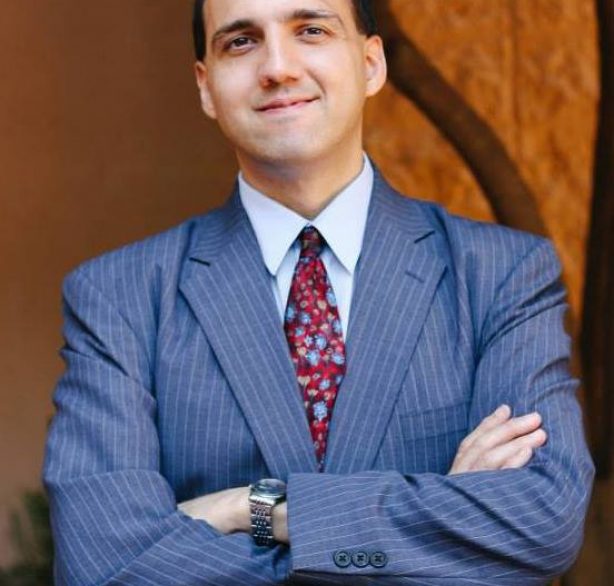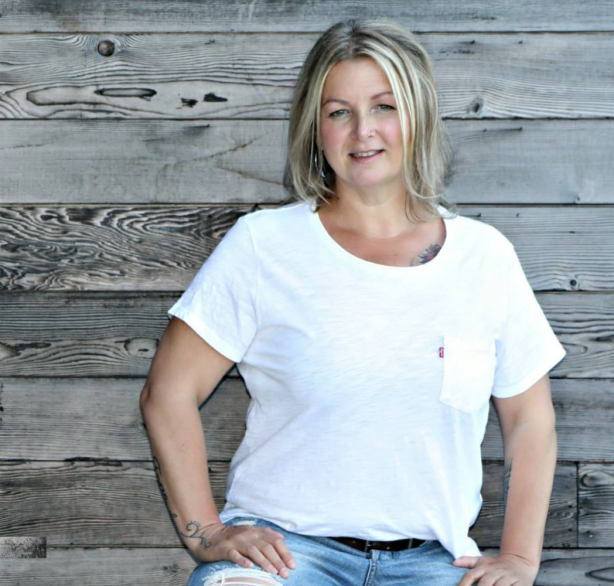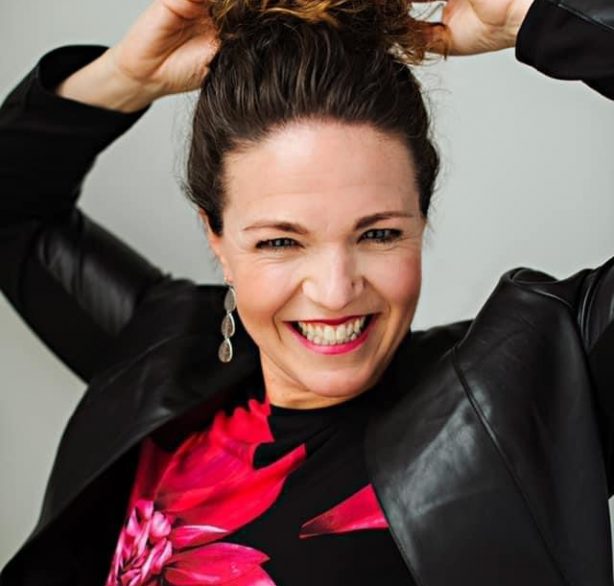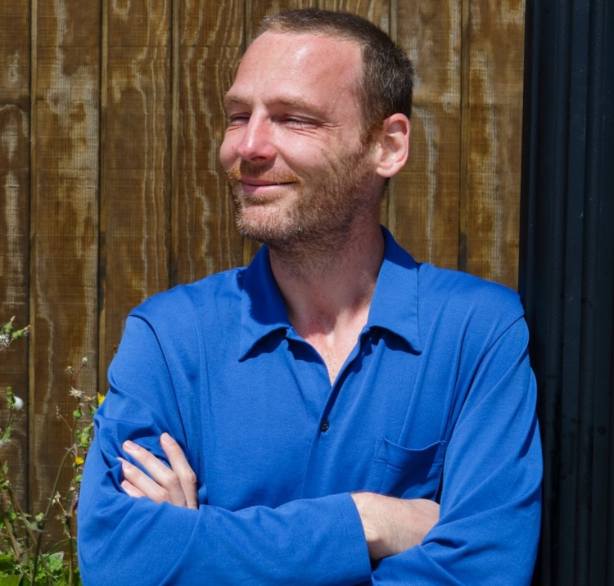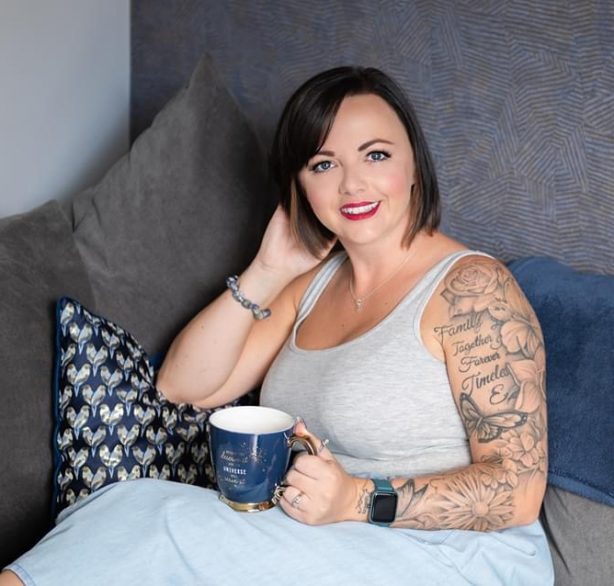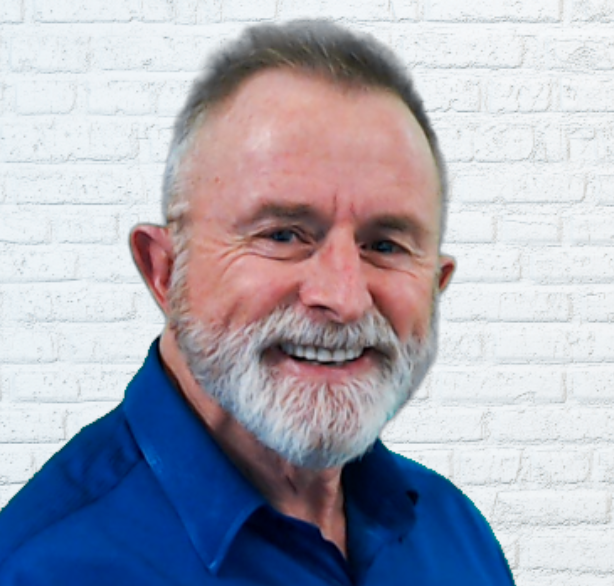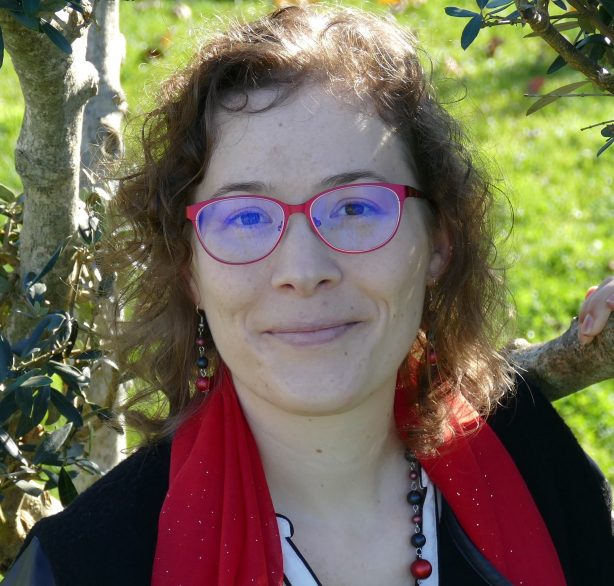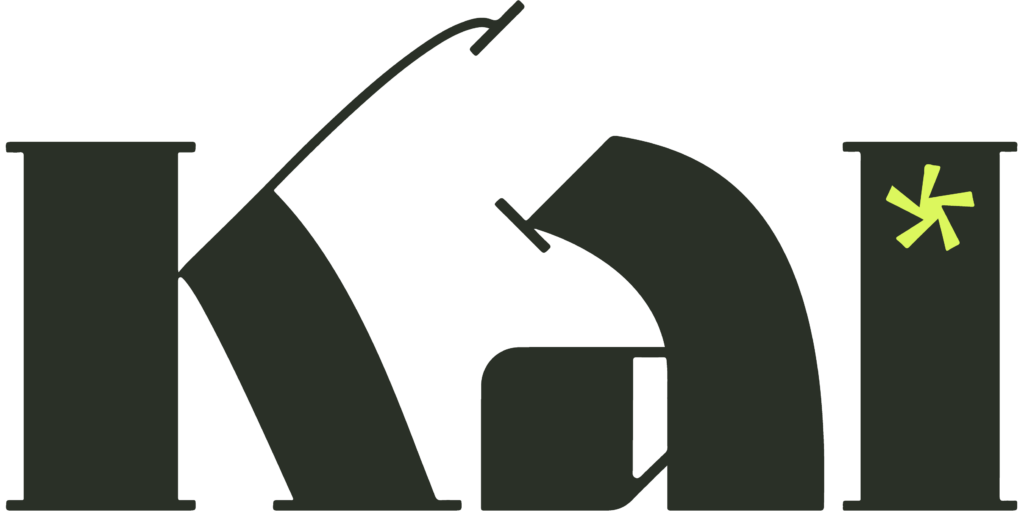Watch the full and inspiring interview with Kimberly
If you prefer reading, here is the transcribed interview
Ziv: Hey I’m Ziv, and this is “On the journey”. Every week “On the journey” exposes the intersections of wellness, spiritual inquiry, mental health, personal growth, and purposeful living through the eyes of the people we interview.
Kimberly, I’d love to hear about your journey.
Kimberly: Thank you. Thank you for having me here Ziv. My journey began from a series of burnouts. So I started out after college, after studying psychology, I went for law school. I stayed there for a year and I’ve cherish the moments with people there. It’s just that the environment there is a bit high pressured so I feel that at that point it was really at the maximum what people expect of me, but more than what other people expect, it’s funny because now, looking back in retrospect, it seems that the pressure is coming from within.
So it’s that expectation from myself, that oh I have to be this or I should reachthis certain goal or have to be a lawyer to be worthy or maybe to be able to impact lives. So the practice which has led me to the practice of meditation and yoga. So there’s a yoga studio near our school. I would go there every so often and with how it began is I would just try it out.
And it’s funny because when I was a younger child also, I would observe my father he would do a few twists before he sleeps at night. So I think that was my first exposure of yoga. And then I kind of forgot about that until that period where I felt that the pressure was really building up. And it was a matter of, OK, this is all about career, how do I go about my life? And at that moment, the practice of yoga and meditation allowing me to zone in in the present moment and noticing how it was feeling in my body.
That was pretty interesting because before I would just think, Ah maybe I just lack sleep. That’s why I would have headaches or maybe, Ah probably I didn’t eat enough yet or not eat on time but through the practice I noticed that when I’m trying to avoid, so my coping mechanism is escape avoidance, so the moments when I try to avoid confronting a certain task maybe or confronting that reality where maybe I’d like to explore or do something different I was stuck in that zone, but now I have to be on track.
So that practice allowed me to have a wider perspective of life and to view the world enough to be much kinder that the people would not judge me. Well, people help me have expectations, especially say my parents, and especially coming from an Asian culture where we would really listen and have this high regard to what they see and of course, we want to be able to please them, but at that point I’m thankful that it just started with checking in with myself first.
Okay, how was I feeling in my body, maybe, was there a certain tension in the chest area or maybe by the throat area? So things like that and then there I realized that it was something I had to communicate, that I was encouraged rather to communicate. And when I was able to see my peace, then my parents understood and they gave me that freedom or that go signal to explore different things.
They saw me that I was happy with what I’m doing so, that transition, so it began with a practice, personal practice, and then what pushed me to share it to other people is also my advocacy for the youth.
So I’m an only child and I feel that’s why I have my heart this pretty close to the young ones, like maybe deep inside I’m missing that part where I’m able to play with siblings. So I went with my cousin to a kid’s yoga session and that’s where I saw that, Oh yoga isn’t all about stretching and exercise alone, but the discipline in it and it could be fun.
So I think it’s something that I forgot to do along the way during college and even in graduate studies. It’s something that I was too serious about life that I forgot to have fun. So with that kids yoga session, that was the turning point, rather, that led that inspiration to, oh why don’t I also share this practice to other people?
That led me to teach it to adults as well because, oh if I’m teaching young ones, that’s more of the foundation, why not also capture the adults who are also wanting or maybe looking for that space where they can connect with their inner child and nurture their inner child? So that’s where it began.
After that, I formed moment to moment, so moment to moment is really encouraging people to that phrase. That tagline it serves as a reminder for people and even for myself to take each day, one day at a time, that life may get overwhelming and life is, because before I would label myself as an optimistic person but I felt that maybe to a certain extent it was toxic positivity in the way that I felt that I need to be happy or it’s a sin to be sad.
Especially in our culture here in the Philippines, where we’re really happy people, that when we see someone frowning a little bit or maybe with a neutral face, we have this automatic response, though, Oh maybe like what’s wrong or we suddenly ask oh be happy or we tell them be happy, smile or don’t cry.
And that’s what I realized in the meditation practice, to see feelings and feelings are signals that they are not actually, well they can get overwhelming, but seeing them, once we’re able to label that and maybe hold them gently in our hands and looking at these emotions face to face and seeing them as gentle visitors coming in and sitting with them for a while and in that space of allowing ourselves to feel those feelings, then slowly, with the phrase, this too, shall pass, so it does pass after.
They do pass after a while rather. So yeah, it’s how hard it has been. And I would admit that until this point, I would say that there are moments that I still forget to practice that daily meditation. So it’s something that I’m also working on together with the team and my coaches as well.
Ziv: So many things, I have so many questions. I would try to do it in orderly way.
So let’s straight back a bit, you talked about that you suddenly remembered that it’s important to have fun and you know that play and finally is so crucial to our health.
And I think most, not most, a lot of grown-ups forgot about how important the fun is. We’re all busy, we’re all goal oriented, and we all know what we need to achieve and do. And we are all frustrated that we don’t, fun is not on, usually, it’s not on the calendar.
And on the other hand, meditation, mindfulness, when you look at people meditating in mindfulness, they’re so serious, it looks like everything is so quiet and serious and we observe and go deep and that’s also very powerful.
How do you connect these two extremes of being mindful and just observe? Don’t react. Emotions are there to be, like you said to be a guide, like guide us. They’re not the reason, they’re not the purpose. And on the other hand, have fun. Just have fun. It’s important. How do you connect this two?
Kimberly: So I would say that it really varies per person, but maybe the first step would be to check in with oneself. Oh, and to be honest, so maybe like doing some sort of mind dump wherein they’re able to write down, OK, in this point of my life, what brings me joy or maybe in my daily routine, what is something that I may integrate? Mindful minute in.
What’s interesting also about the mindfulness meditation practice is that, yes, there’s a moment wherein we sit down and join in in the breath. And at the same time, it can also be taken as looking into, OK, when you wake up first thing in the morning or maybe when I’m washing the dishes, how can I do this in a mindful manner or maybe observing how the water is flowing and how the soap bubbles up.
So these tiny details and just really being aware of that. But of course, it’s easier said than done, but it’s really taking that intentional cause to, OK, for this particular task, today I’ll explore doing it mindfully. However, the trade-off for that is it may take a longer time. So let’s say in mindful eating and observing the colors of a certain meal and how crunchy maybe the fried chicken is and observing each bite. That may take long, especially if we live in a jam packed schedule wherein oh, eating time has to be limited to this.
So I feel that will have to begin with that gentle choices. So with those gentle choices right there. It doesn’t have to be a grand one outright. So it’s something that we encourage our teammates as well to. OK, let’s take a look at that one aspect of the time. It doesn’t have to be an entire plunge and then that we were able to enjoy in life as it is because when I was starting out, if I may share in my meditation journey.
Ziv: I wanted you to share it. I really want you to share it but I would love to get from you and give me like a specific example.
How would you do it? OK, so now I heard about mindfulness. I heard what it is. I want to start tomorrow. I want to start. What should I do tomorrow. How should I do it. What should I do the day after? How do I cultivate this habit to something that is more than you can do by mindfulness, mindfully then forget about it and in a year here again with mindfulness is powerful. What should happen tomorrow and the day after?
Kimberly: Alright, so I would offer a practice of beginning with the breath, so I have a, personally I have a bias towards the breath because the breath is a tool that wherever we go, we have it with us. So let’s say the next level would maybe be a pen and paper or having that opportunity to draw that down, but really starting off with breath work.
Ziv: Okay, Let’s do it.
Kimberly: Yeah
So I’ll invite you to just roll your shoulders, maybe forward up and back, and then as you sit down comfortably, may be placing your hands on top of your lap, palms facing up to signal that sense of openness. Or maybe if for the day you’re feeling a little bit overwhelmed, you can have your palms facing down, having that stance of groundedness and rootedness.
And at this point, you may choose to just keep your eyes open, looking or fixing your gaze at a certain point, or maybe closing your eyes half-mast or closing your eyes altogether. And at this point, we’ll just do one minute or maybe a few seconds of connecting to the breath by breathing in for four counts, pausing just for a little bit and then exhaling for four counts.
Breathing in one, two, three, four, and breathing out four, three, two, one.
As you do this [breathing exercise] at your own counting of one to four, we recognize and we acknowledge that we all have our own pacing. Share on XAnd all that matters is that it’s interesting how the breath work. It’s something that we share together. It is something that no one had to teach us once we were born, it’s something that we already know automatically and even when we’re asleep, we do it unknowingly.
And yet when we zone into our breath, we’re able to shift into a parasympathetic mode we’re in that rest and relaxation state. And it automatically signals to the body that, OK, things are alright even just for this moment, even just for this minute. And that gives us space within us to have fun and have that clearer mindset.
So what’s interesting about the breath is we can insert a few techniques along the way, maybe, like in kids yoga we would call it sometimes like an elevator breath. Or maybe if I may pull out the tool with me here. This is one of my favorite tools. We call it the breath ball. So it looks like an atom and we just really invite kids to breathe in and then breathing out, allowing your belly to expand and it’s opening up. So repeating that, good, having that imaginative state.
Ziv: That’s wonderful. And just before we will complete the interview, the next question, it was really powerful. Great to see. Stop whatever I do and just to breathe for a short while.
It certainly changed my physiology and also my emotions.
Tomorrow I don’t remember to do it or I don’t do it, and how do I make it a habit?
Kimberly: So I like what you’ve mentioned also earlier of including it somehow in our schedules. So that fun time. So I think it’s starting out this commitment of maybe 30 seconds or one minute of doing the breath work.
It would be helpful to write it down. So in our daily schedule, just plotting it out, maybe one or three times a day spread out. So whatever work, some people prefer it in the morning when they wake up, some people whenever maybe they feel a little bit uneasy, then maybe they place a post there, maybe a digital note, Ok, breathe.
So just that simple word and maybe before sleeping as well and partnering it up, maybe, with a gratitude practice of just one affirmation, a little something that they’d like to celebrate for that day and maybe for an extra step if it’s something that they’re open to, especially in this pandemic currently, it would be nice to be able to reach out to other people and to create some sort of accountability group, or maybe it can be just one buddy or maybe logging it down. But again, when we log this without any expectations.
So being kind to ourselves, because starting it out will really be a challenge but what we’re trying to do now is just to start really, really tiny, not even saying small, because it just has to be that speck. And then bit by bit, it’s something that the body maybe will look for or it’s something that will be eventually bit of a smoother technique that comes in.
Ziv: Kimberly, thank you so much. Thank you so much for the great interview. It was insightful and practical and I feel I’ve got real tools that I can start using today. So thank you very much for your time and great energy.
Kimberly: Thank you. Yes, thank you.
Who are you?
Kimmy, Your BEing Buddy is a FUNdamentals Coach from Manila, Philippines. Kimberly believes in going back to the basics of Fitness, Finance, and Faith.
She is a registered psychometrician, financial advisor, and meditation and yoga teacher advocating for the youth and the practice of mindfulness and loving kindness integrated into one’s day-to-day routine.

